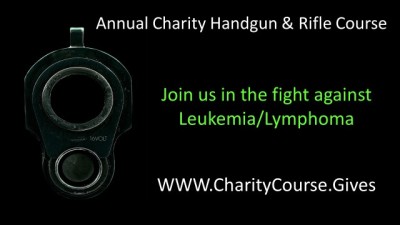“Carlos Hathcock had 93 confirmed kills of enemy personnel, but he estimated the actual number to be between 300 and 400.
Snipers are controversial figures and the Vietnam War is a controversial war. This makes Carlos Hathcock, the most extraordinary sniper in the Vietnam War, a legendary figure in his own right.
He is quoted as saying he liked the hunt, but not the killing. “A person would have to be crazy to enjoy killing another human being.” Yet he killed many and in stealthy ways that gained him a lifetime of recognition.
Carlos Hathcock was born in Little Rock, Arkansas on May 20, 1942. He went to live with his grandmother after his parents divorced and taught himself to shoot and hunt as a young boy.
Though this was partly out of necessity to feed his family, Hathcock also dreamed of enlisting in the army. This military mindsight was introduced to Hathcock early as his father gave him his Mauser rifle from World War I.
In 1959 when he was 17, Hathcock enlisted in the U.S. Marines. By that point, Hathcock’s shooting skills were highly advanced and only continued to get better. When he was 23, he won the Wimbledon Cup, the premier American marksmanship championship.
Major Jim Land, who helped start the Marine Scout Sniper program, was present to witness Hathcock’s Wimbledon victory.
“Shooting is 90 percent mental,” said Land. “It’s the ability to control your mind, your heartbeat, your breathing. I first noticed that Carlos was special at the championships. There were thousands of people watching, a band and television cameras, yet it didn’t seem to bother him at all.”
Just a year after the championship in 1966, Carlos Hathcock was deployed to Vietnam.
Hathcock started out his deployment as a military policeman. But he soon volunteered for combat, where his skills and stamina didn’t go unnoticed. He was transferred to the 1st Marine Division Sniper Platoon, located at Hill 55, south of Da Nang.
That was the start of something major. Hathcock’s feats and movie-like missions during two tours in the 1960s would earn him the title of the Vietnam War’s deadliest sniper. He also earned the nickname “White Feather” thanks to the white feather on his bush hat that dared the enemy troops to spot him.
Kills during the Vietnam War had to be accounted for by a third party (in addition to the sniper and the sniper’s spotter). Officially, Carlos Hathcock had 93 confirmed kills. Unofficially and by his own estimates, Hathcock believed he killed between 300 and 400.
In one of his more renowned stories, Hathcock killed an enemy sniper through the enemy’s own rifle scope. Hathcock took the bait after the rival sniper shot several of Hathcock’s fellow Marines as a tactic to draw him out of camp. Crawling on his stomach, Hathcock moved slowly until he saw a small shimmer of light.
Recognizing that this glimmer was the enemy’s scope, Hathcock shot from 500 yards away. Rifle scopes are usually just a few inches wide, but the bullet Hathcock shot passed clean through it. The enemy, with his gun pointed in Hathcock’s direction, was shot in the eye and killed.
Another one of Hathcock’s most notorious kills was that of the woman sniper called “Apache.” Apache was known for ambushing and torturing Marines. “We wanted Apache bad,” Hathcock recalled.
For weeks, the snipers would go out every morning in search of Apache. Then, late one afternoon in 1966, Land spotted a woman who matched the description traveling up a small mounting with a group of men. Pointing her out to Hathcock, he noticed she had a rifle with a scope. Once she reached the top, Hathcock fired and Apache collapsed.”










